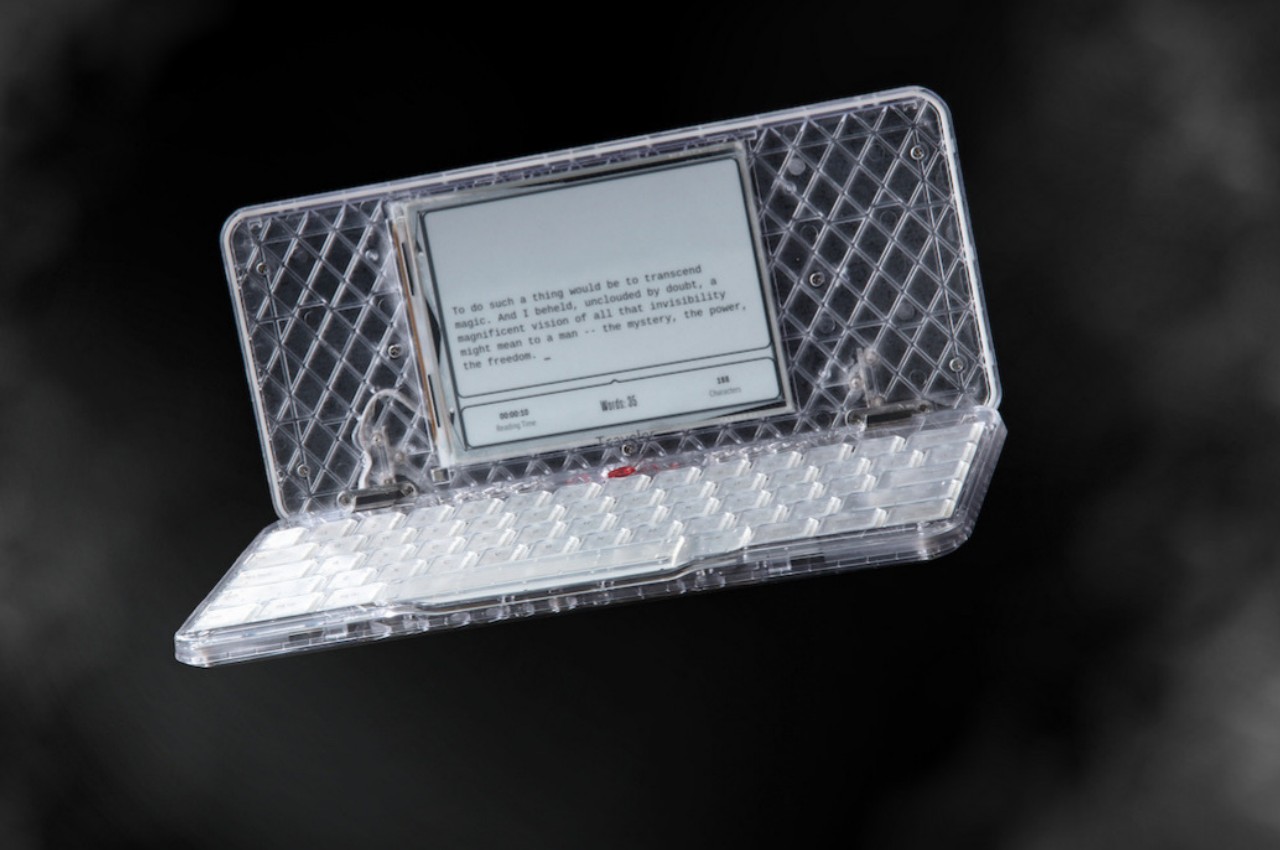#A Great Mic For Podcasters and Streamers

Table of Contents
“A Great Mic For Podcasters and Streamers”
Price: $189

Between podcasting and streaming on Twitch and other services, more people are using broadcast-style mics than ever, and many of those are using them on camera. This means you want not just a mic that sounds great, but one that looks cool as well, like the Beyerdynamic M 70 PRO X.
With the M 70 PRO X, it seems Beyerdynamic is aiming at the juggernaut of broadcast mics—the Shure SM7B. Like that microphone, this is a front-address dynamic mic with its own mount. The main differences are that the M 70 PRO X is cheaper and comes with a shock mount instead of the standard mount the SM7B uses.
Beyerdynamic’s mic looks the part, but is the sound and build quality up to snuff? Mainly yes, but it depends on what you’re using the microphone for.
Here’s What We Like
- Solid build quality despite lightweight feel
- Included pop filter
- Great high end for a dynamic microphone
- Sound very tailored to the human voice
- Handles plosives well, even without the pop filter
And What We Don’t
- XLR connection means you need an XLR cable and audio interface
- Shock mount feels like it may not last as long as the mic
Getting Started With the Beyerdynamic M 70 PRO X

Many of the microphones on the market meant for broadcast use like streaming or podcasting are USB microphones. Beyerdynamic didn’t take that approach with the M 70 PRO X. Instead, this is a standard XLR microphone.
A USB microphone packs everything you need to get audio into a computer right inside the microphone. Plug the USB cable in, and you’re good to go. With an XLR microphone, you need an XLR cable (which isn’t included in the box) and an audio interface to get audio into your computer. This is the most significant difference between XLR and USB microphones, but not the only one.
One benefit of an XLR microphone is that you can upgrade or change your signal chain along the way. Want to try a new preamp or add a compressor to your signal chain to even out the volume of your voice? Simply plug one in, and you’re ready to go. This is something you simply can’t do with USB microphones.
Beyerdynamic includes a few handy accessories in the box. The first is a pouch for the microphone, which it actually ships in. The second handy accessory is necessary: the shock mount for the microphone. Finally, underneath the other items in the box, you’ll find a second box that holds a pop filter that suppresses popping “p” sounds and other plosives.
Build Quality and Mounting Options

- Dimensions: 185 x 52mm (7.28 x 2.04in)
- Weight: 320g (11.28oz)
- Connection: XLR, 3-pin male
As nice looking as the Beyerdynamic M 70 PRO X is, there are a few odd details about it. The first is how light it is. I’m not sure what type of material Beyerdynamic used for the casing of the microphone, but it feels strong and solid, just strangely light.
There’s another detail that may trip you up at first. The lines on the side of the grill make this look like a side-address microphone, which its companion, the Beyerdynamic M 90 PRO X, actually is. Speak into the side of the M 70 PRO X and you won’t hear much, as you’re meant to speak into the front (or top, if you think of it that way) of this microphone.
beyerdynamic PRO X M90
A side-addressed condenser XLR microphone that’ll help you sound your best in the studio or on a podcast.
This is a minimal design, even as far as XLR microphones go. While many microphones feature built-in pads or high-pass filters, there isn’t a single switch to be found here. The only thing you’ll find on the mic is the XLR connection to plug a cable into.
Like the microphone, the built-in shock mount feels strangely light. This is a concern because it’s a custom shock mount that fits the M 70 PRO X like a glove. It worked fine and didn’t sag during my time testing it, but I’m not certain that I’d trust it to hold up over the course of years.
Capsule and Pickup Pattern

- Capsule type: Dynamic
- Polar pattern: Cardioid
- Nominal impedance: 320 ohm
- Frequency range: 25Hz to 18kHz (close) 40Hz to 18kHz (>1m)
The M 70 PRO X uses a cardioid polar pattern, which is common in broadcast microphones. Basically, a cardioid pattern means that a microphone picks up what it’s aimed at, rejecting sound from off to the sides. While it isn’t quite as directional as a supercardioid microphone, cardioid is the most sensitive pickup pattern.
Cardioid microphones have what is known as the “proximity effect,” which means that as the microphone moves closer to a source, it picks up more bass frequencies. Because of this, Beyerdynamic gives two frequency response curves for the M 70 PRO X, one at a distance of one meter, and another at a distance of two centimeters.
At a distance, the M 70 PRO X boasts a frequency range of 40 to 18,000 Hz. Move closer, and that extends to 25 to 18,000 Hz. The frequency range features two bumps in the higher frequencies, one around 4 kHz and another around 8 kHz. This means that this mic has a lift in the higher frequencies, but this can be good for recording the human voice.
Beyerdynamic says the main intended applications for the M 70 PRO X are speech for broadcast (think podcasting, streaming, etc.), vocals for rock and pop music, and recording guitar and bass amps.
If you’re looking to capture a lot of room ambience, this likely isn’t the microphone for you. In most cases, where you’re streaming or recording a podcast, you want to pick up as little room sound as possible, which the M 70 PRO X excels at.
Sound Quality

I mentioned above that the M 70 PRO X has a lift in the high frequencies, and it isn’t exactly a gentle one. I was slightly worried about this, but once I began testing the microphone through my Focusrite Clarett 8Pre audio interface (now replaced by the Focusrite Clarett+ 8Pre), those fears began to fall away.
Regardless of how far away you may be, the M 70 PRO X features a solid low end. Listening to the sound of my voice as I moved further away and closer to the mic, that low end stayed present. Only when I got whisper close to the microphone did I notice the proximity effect start to come into play.
Back to the highs, I typically have a hard time finding microphones that work well with my voice, as I have an excess of natural sibilance. This was what worried me about the frequency graph, as a lot of sibilance lives around the 4 kHz range, where this microphone has a peak. Fortunately, that wasn’t a problem.
Despite the push in the highs and my own sibilant voice, this didn’t create the disaster I feared. Instead, while I did notice that the M 70 PRO X captured plenty of high-end for a dynamic mic, almost more like a condenser mic, the high-end wasn’t harsh at all.
The included pop filter works well for blocking plosives and breath noise, but it also has another effect. If the natural high-end rise of the M 70 PRO X is a bit much for you, adding the pop filter can bring the highs back under control.
Should You Buy the Beyerdynamic M 70 PRO X?
As a more affordable but still excellent-sounding alternative to the Shure SM7B, the Beyerdynamic M 70 PRO X is a great choice. It’s got slightly more high-end sizzle, but this is a pro for certain voices, and you can always attenuate this somewhat using the included pop filter.
The main downsides of the Beyerdynamic M 70 PRO X are the same as any other XLR microphone. You don’t just need the mic, you also need an audio interface, an XLR cable, and a stand or boom arm to mount the mic. If you’ve been recording or streaming for a while, you might have this gear already, but for a beginner, a USB microphone may be a better choice.
Assuming you have been at it for a while, and you’re ready to take the next step in streaming or podcasting, this is an excellent microphone that should serve you well for years.
Here’s What We Like
- Solid build quality despite lightweight feel
- Included pop filter
- Great high end for a dynamic microphone
- Sound very tailored to the human voice
- Handles plosives well, even without the pop filter
And What We Don’t
- XLR connection means you need an XLR cable and audio interface
- Shock mount feels like it may not last as long as the mic
If you liked the article, do not forget to share it with your friends. Follow us on Google News too, click on the star and choose us from your favorites.
For forums sites go to Forum.BuradaBiliyorum.Com
If you want to read more like this article, you can visit our Technology category.




